Arianna Jennings
Project 1: The Aesthetics of Display and the Decolonisation of the Museum - Do Western Museology Approaches help to Sustain and Solidify Eurocentric Mentalities surrounding Post-Colonial Societies?
The discussion surrounding the decolonisation of the museum continues to gain intensity within the visual and cultural sphere. Yet the aesthetics surrounding the display of plundered artefacts and the methodologies which successfully sustain them, have not been as widely investigated. This research challenges a less popular aspect of decolonising the museum, questioning how museology has helped sustain and solidify outdated mentalities surrounding post-colonial societies through their display practices. This practice helped the museum appear seemingly neutral in its existence, by successfully harbouring the spoils of imperial gain within a "scientific" institutional setting.
This thesis investigates the systematic structures of Western European museums and how, through its current display practices, still lends support to colonial agenda. This thesis uncovers new research into what effects European museum display practises have upon the cultures it depicts and engages with.
To achieve this, the thesis is divided into three distinct chapters. This research includes the histories of the colonial European museum, the intangible aesthetics which encompass its displays and the contemporary quest to decolonise the museum. The fourth chapter examines in case study style, a real-world example at the forefront of this discussion: the Pitt Rivers Museum. Throughout the thesis, references are made to the aesthetics of display and the European “Colonial Aesthetics” which has neutralised depicted cultures within a detached circumstance of exhibition.
This research investigates how, through the constructed aesthetics of display, the museum is still a hugely successful power of influence within the socio-sphere. Within this research, recognition is made to the Eurocentric narrative which still exists within Western museums and the gap in direct research in realising its effects on public ideologies.
Based on the analysis taken, this research highlights the importance of decolonising, not only tangible artefacts and human remains, but also the intangible influences which are expressed and maintained through visual display and the aesthetics that encompass them. By truly realising the powers which display has upon the ideologies of the public, only then can an effective decolonisation of the European museum be systematically achieved.
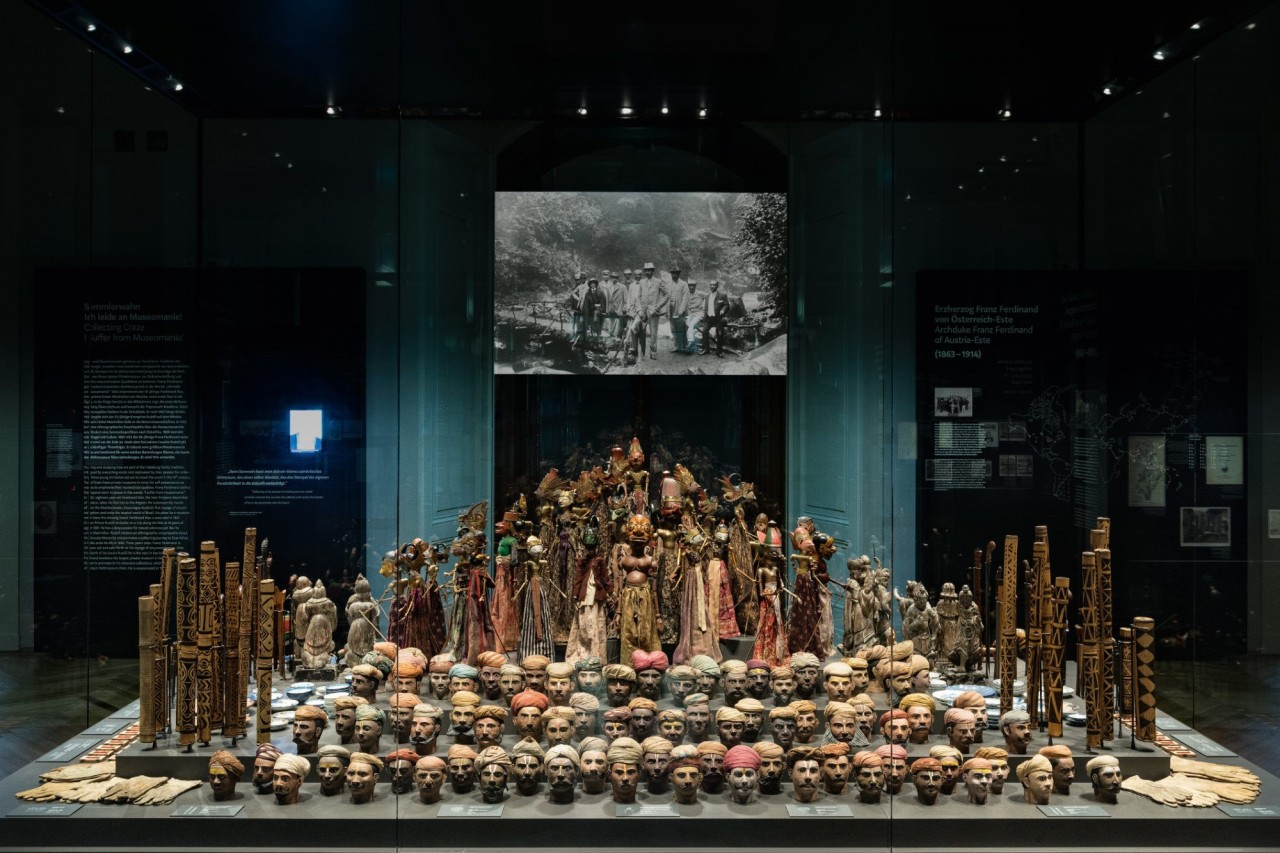
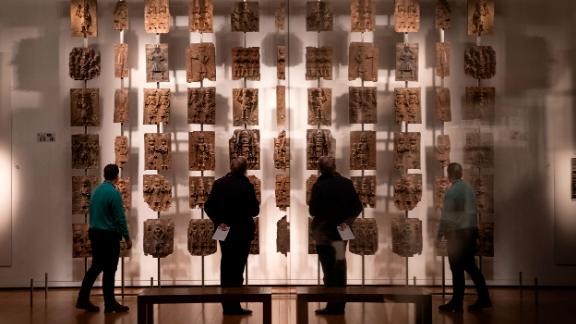


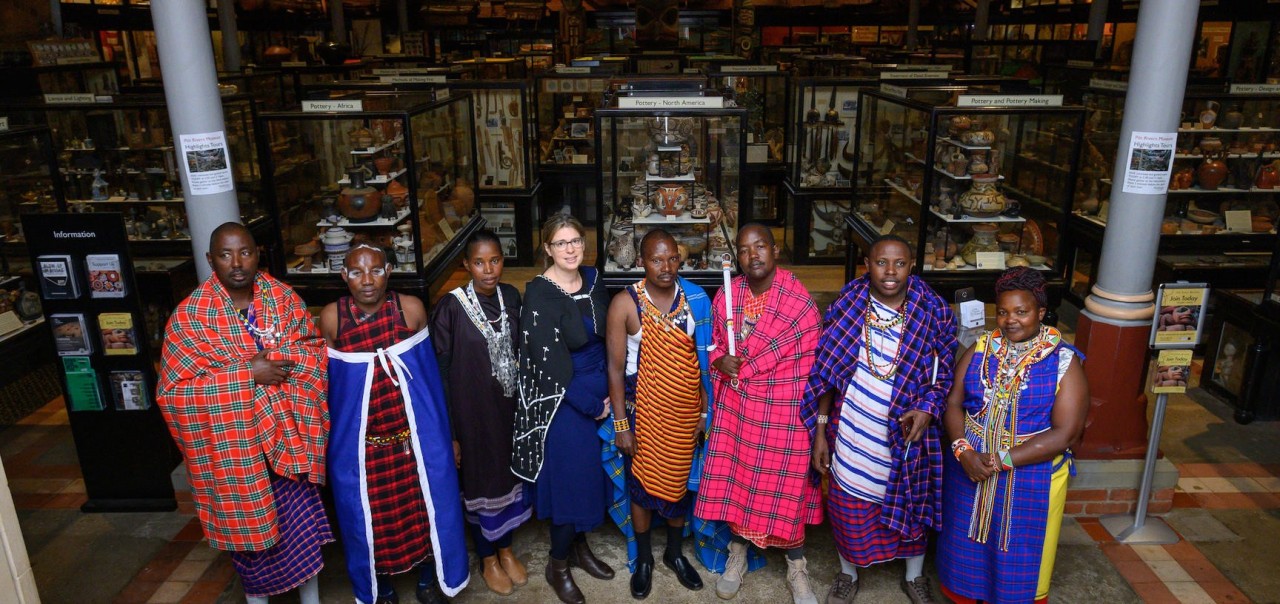
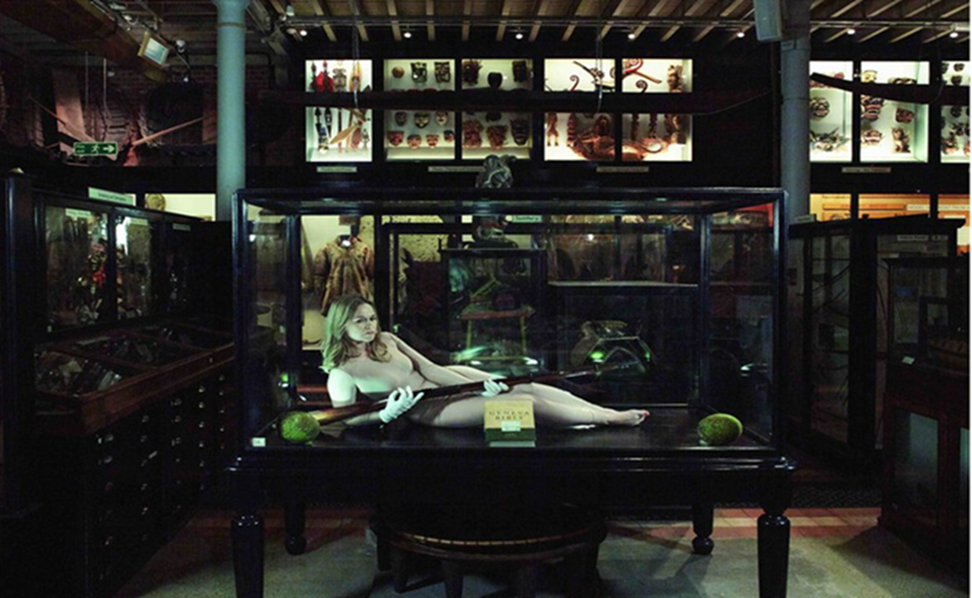
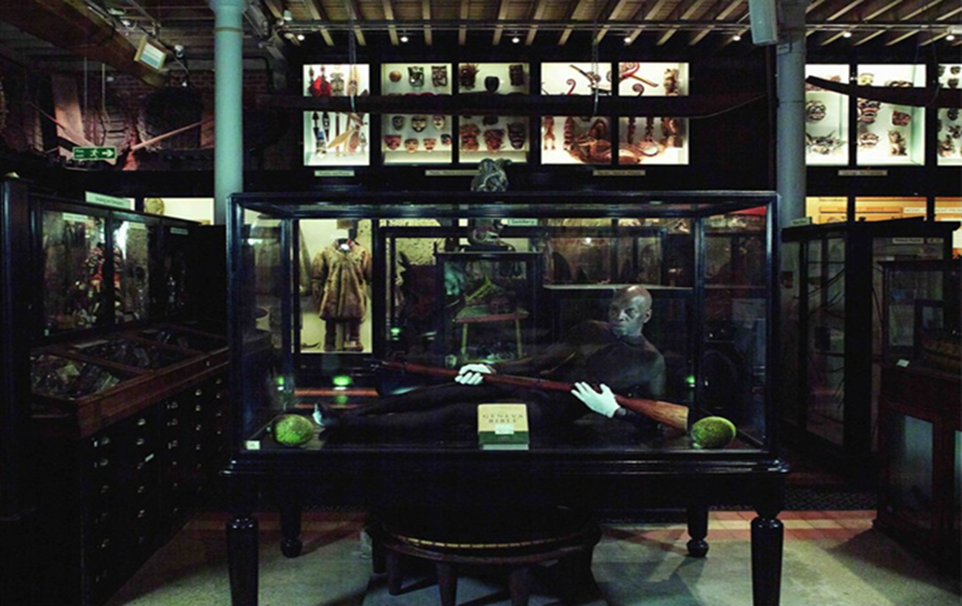
 Home
Information
Archive
Home
Information
Archive